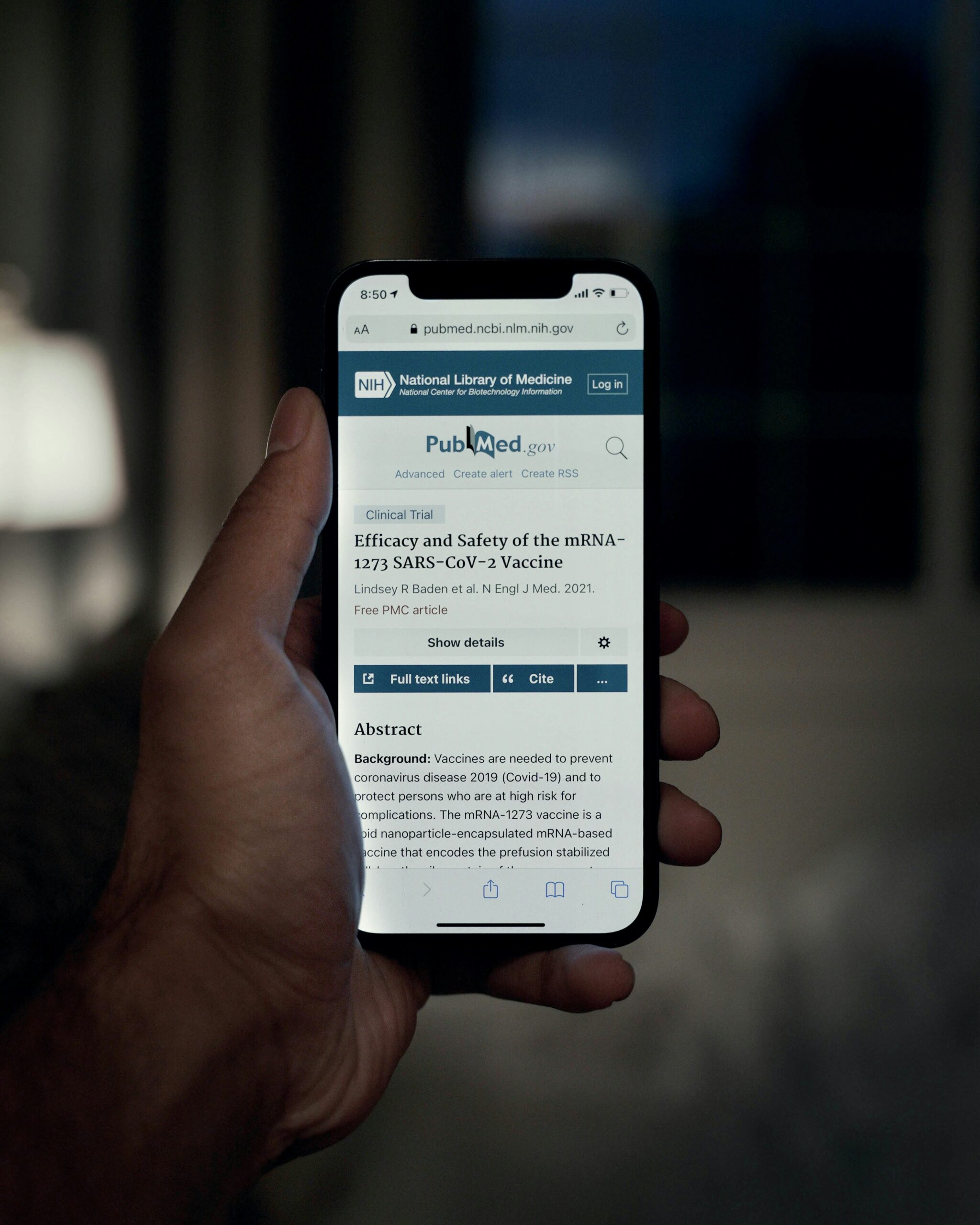Imagine this scenario: you’ve had a little mishap, maybe sprained your ankle or bumped your head, and you reach for that trusty ice pack to soothe the pain. It seems like a simple solution, right? But have you ever wondered what happens if you leave the ice pack on for a little too long? Can frostbite from an ice pack actually go away? In this article, we will explore the fascinating world of frostbite and delve into whether or not it can be reversed. So, sit back, relax, and let’s find out if the chilling effects of an ice pack can truly disappear.

Understanding Frostbite
Definition of frostbite
Frostbite is a condition that occurs when the skin and the underlying tissues freeze due to prolonged exposure to extreme cold temperatures. It is characterized by the formation of ice crystals in the affected areas, which can lead to irreversible damage if not treated promptly.
Causes of frostbite
Frostbite most commonly occurs in freezing temperatures, but it can also happen in temperatures above freezing if there is a combination of high winds or wet conditions. Factors that increase the risk of frostbite include prolonged exposure to cold, inadequate clothing, dehydration, and certain medical conditions that impair circulation.
Symptoms of frostbite
The symptoms of frostbite vary depending on the degree of injury. In mild cases, you may experience cold and numb skin, along with a tingling or stinging sensation. As the frostbite progresses, the skin may become pale, hard, and blistered. Severe frostbite can cause the affected area to turn black and result in tissue death.
Treatment for frostbite
Immediate treatment is crucial to prevent further damage and promote healing. The first step is to move to a warm environment and remove wet clothing. Gently rewarm the affected area using warm water or body heat, avoiding direct heat sources. You should never rub or massage the frostbitten area, as this can cause additional harm. Seek medical attention as soon as possible for proper evaluation and treatment.
Frostbite from Ice Pack
Can frostbite occur from using an ice pack?
Yes, frostbite can occur from using an ice pack if it is applied directly to the skin for an extended period. While ice packs are generally safe when used correctly, improper or prolonged use can lead to a localized cold injury.
How does frostbite from an ice pack happen?
Frostbite from an ice pack happens when the intense cold of the ice pack causes the blood vessels in the skin to constrict. This constriction reduces blood flow and oxygen supply to the affected area, leading to tissue damage and the development of frostbite.
Common scenarios of frostbite from ice packs
Frostbite from ice packs is more likely to occur when the ice pack is applied directly to the skin without a protective barrier, such as a towel or cloth. Additionally, leaving the ice pack on for an extended period or ignoring the body’s warning signals, such as numbness or excessive cold, can increase the risk of frostbite.
The Severity of Frostbite
Degrees of frostbite
Frostbite is categorized into four degrees based on the severity of the injury.
- First-degree frostbite: Involves the outer layer of the skin, resulting in redness and irritation.
- Second-degree frostbite: Affects both the outer and underlying layers of the skin, leading to the formation of blisters and a mottled appearance.
- Third-degree frostbite: Involves the deeper tissues, causing loss of sensation and muscle function in the affected area.
- Fourth-degree frostbite: The most severe form of frostbite, affecting all layers of the skin and underlying tissues, potentially resulting in gangrene and tissue death.
Determining the severity of frostbite
The severity of frostbite can usually be determined by the appearance and symptoms of the affected area. However, a healthcare professional should assess the frostbite to provide an accurate diagnosis and determine the appropriate course of treatment.
Long-term effects of severe frostbite
Severe frostbite can have lasting effects on the affected area. These may include reduced sensation, chronic pain, increased sensitivity to cold, color changes in the skin, and an increased susceptibility to future frostbite. In extreme cases, amputation of the affected limb may be necessary to prevent further complications.
Recovery from Frostbite
Natural healing process of frostbite
The body has its own natural healing mechanisms for frostbite. After the initial rewarming, the damaged tissues may undergo a process called reperfusion, where blood flow is restored to the affected area. This can lead to inflammation and the formation of new blood vessels, which aid in the healing process.
Factors that affect recovery
Several factors can influence the recovery from frostbite, including the severity of the frostbite, the promptness of treatment, the individual’s overall health and age, and the presence of any underlying medical conditions. Following proper aftercare instructions and avoiding activities that may further damage the healing tissues can also contribute to a quicker recovery.
Timeframe for frostbite recovery
The recovery time for frostbite varies depending on the degree of injury and individual factors. Mild cases of frostbite may take a few weeks to heal completely, while more severe cases can take several months or even longer. It is essential to be patient during the recovery process and follow the recommendations of healthcare professionals.

Treating Frostbite from Ice Pack
Immediate steps to take
If you suspect frostbite from an ice pack, the first step is to remove the ice pack immediately. Gently rewarm the affected area using warm (not hot) water or by applying warm compresses. Avoid rubbing or massaging the frostbitten area, as this can worsen the tissue damage.
Seeking medical attention
Even if the frostbite appears mild, it is advisable to seek medical attention for proper evaluation and guidance. A healthcare professional can assess the severity of the frostbite, ensure there are no associated complications, and provide appropriate treatment recommendations.
Medical treatments for frostbite
Medical treatments for frostbite may include wound care, pain management, tetanus shots (if necessary), antibiotics to prevent infection, and specialized therapies such as hyperbaric oxygen therapy. In severe cases, surgical intervention or amputation may be required. The specific treatment plan will depend on the severity and extent of the frostbite.
Preventing Frostbite
Proper use of ice packs
To prevent frostbite from ice packs, it is essential to follow proper usage guidelines. Always place a barrier, such as a towel or cloth, between the ice pack and the skin to avoid direct contact. Limit the application time of the ice pack to the recommended duration and never leave it on for extended periods.
Safety precautions for cold therapy
When using cold therapy methods, such as ice packs, it is important to be aware of potential risks and take necessary safety precautions. Avoid applying cold therapy to areas with compromised circulation or numbness, and monitor the skin for any signs of discomfort or excessive cold. If any adverse reactions occur, discontinue use immediately.
Preventing frostbite in extreme cold conditions
In extreme cold conditions, it is crucial to protect yourself from frostbite by dressing appropriately and layering your clothing. Wear insulated and waterproof outerwear, cover any exposed skin, wear warm socks and gloves, and protect your extremities with hats and scarves. Take regular breaks in warm areas to allow your body to warm up and prevent prolonged exposure to the cold.

Complications and Risks
Potential complications of frostbite
Frostbite can lead to various complications, including infection, tissue death, the formation of ulcers or sores, nerve damage, and long-term changes in sensation or mobility. These complications can significantly impact your quality of life and may require additional medical interventions to manage.
Risks of untreated or prolonged frostbite
Untreated or prolonged frostbite can result in more severe tissue damage, increased risk of infection, and a higher likelihood of long-term complications. It is crucial to seek medical attention promptly and follow the recommended treatment plan to minimize the risks associated with frostbite.
Preventing complications and managing risks
To prevent complications and manage the risks associated with frostbite, it is vital to adhere to proper wound care instructions, take prescribed medications as directed, and attend regular follow-up appointments with healthcare professionals. Maintaining good overall health, including adequate nutrition and hydration, can also support the healing process and reduce the risk of complications.
Lifestyle Adaptations
Adjustments during the healing process
During the healing process, it may be necessary to make certain adjustments to your lifestyle. This can include avoiding strenuous activities that could exacerbate the condition, protecting the affected area from further cold exposure, and practicing good self-care habits to promote overall healing and wellbeing.
Physical therapy and rehabilitation
In cases of severe frostbite, physical therapy and rehabilitation may be recommended to improve mobility, strength, and function in the affected area. A qualified therapist can provide exercises and techniques designed to aid recovery and promote optimal healing.
Protective measures for future prevention
After experiencing frostbite, it is important to take steps to prevent future occurrences. This can involve wearing appropriate protective clothing in cold environments, avoiding prolonged exposure to extreme cold, and being aware of the early signs and symptoms of frostbite. By prioritizing your safety and taking preventative measures, you can significantly reduce the risk of experiencing frostbite again.
Aftercare and Follow-up
Proper wound care
Proper wound care is essential to prevent infection and promote healing. This may involve keeping the affected area clean and dry, applying prescribed ointments or dressings, and being mindful of any changes in the appearance or smell of the wound. Following the instructions provided by healthcare professionals is crucial for optimal aftercare.
Monitoring healing progress
Throughout the recovery process, it is important to closely monitor the healing progress of the frostbitten area. Any signs of infection, such as increased pain, redness, swelling, or drainage, should be reported to a healthcare professional immediately. Regularly assessing the skin’s appearance and sensation can help identify any issues that may require further attention.
Follow-up appointments and check-ups
Follow-up appointments and check-ups with healthcare professionals are an integral part of the recovery process. These visits allow for ongoing evaluation of the frostbite, adjustment of treatment plans if necessary, and addressing any concerns or questions you may have. It is important to attend these appointments as scheduled to ensure proper healing and monitor for any potential complications.
Professional Advice and Consultation
Seeking guidance from healthcare professionals
If you have any concerns or questions regarding frostbite, it is always recommended to seek advice from healthcare professionals. They can provide you with accurate information, assess your specific situation, and offer personalized guidance for treatment and prevention.
When to consult a specialist
In some cases, it may be necessary to consult a specialist, such as a dermatologist, vascular surgeon, or plastic surgeon, for further evaluation and treatment. If you are experiencing severe frostbite, delayed healing, or persistent complications, a specialist may have the expertise required to provide specialized care and improve outcomes.
Receiving individualized treatment plans
Each case of frostbite is unique, and treatment plans should be tailored to individual needs. By consulting with healthcare professionals, you can receive an individualized treatment plan that takes into account the severity of your frostbite, your overall health, and any specific factors that may impact your recovery. This personalized approach maximizes the chances of a successful outcome.
In conclusion, frostbite is a serious condition that requires prompt attention and proper treatment. Whether it is caused by exposure to extreme cold temperatures or improper use of ice packs, understanding the causes, symptoms, and treatment options for frostbite is crucial. By following preventative measures, seeking medical guidance, and adhering to aftercare instructions, you can minimize the risks associated with frostbite and promote optimal healing. Remember, your health and well-being should always be a top priority, especially when it comes to protecting yourself from cold-related injuries.
